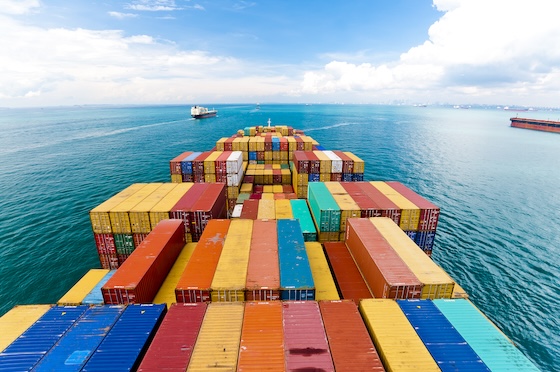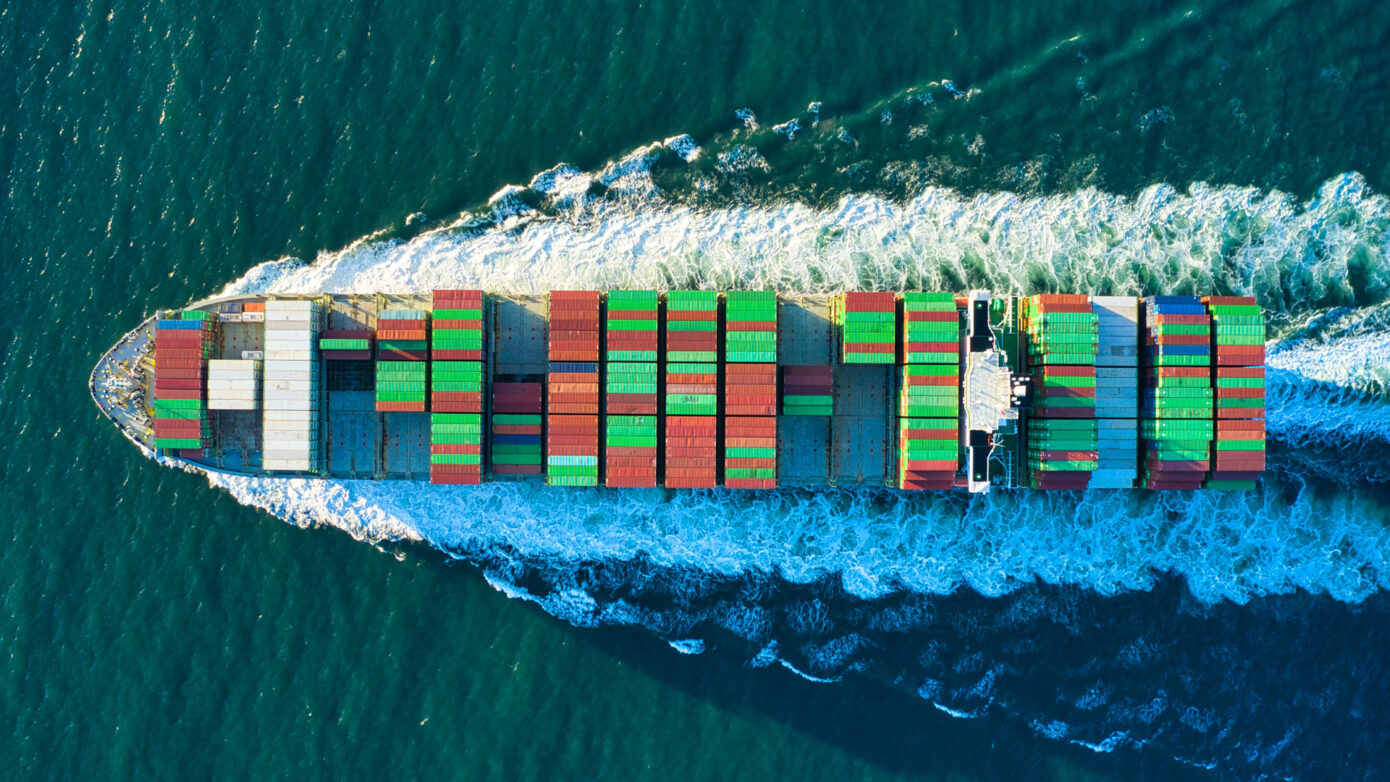Marine insurance is designed to protect boats, their crews, and their cargo from the many risks associated with sailing. Marine insurance policies can also provide cover for any legal expenses that may arise from incidents.
In this post we will discuss some of the different types of marine insurance. For a full introduction to how marine insurance works, and what it covers, be sure to check our dedicated marine insurance hub.
Types of Marine Insurance Cover
Freight Insurance
This is specialist cover for marine trade businesses to cover any loss or damage to freight cargo in the event of accidents.
Marine trade businesses can also take out Freight Demurrage and Defence (FD&D) insurance to cover any legal costs that are not covered by other insurance policies.
Hull Insurance
This is cover for a ship’s hull, along with any pieces of equipment or furniture. Hull insurance can cover any repairs or replacements that may be necessary following accidents or incidents.
Ship owners may also choose to take out dedicated machinery insurance to cover damage to any essential machinery used on the ship. Or they can choose a combined Hull & Machinery (H&M) policy.
Liability Insurance
If a ship is involved in a collision, liability insurance covers the crew and any other individuals involved for compensation resulting from their injuries.
Marine Cargo Insurance
This covers the ship’s cargo for loss or damage. Marine cargo insurance can also cover for any losses incurred by delays either in sailing, loading, or unloading.
Most marine cargo insurance policies also cover for third parties, in the event of any loss or damage caused by heavy or otherwise dangerous cargo.
P&I Insurance
P&I stands for protection and indemnity insurance. This provides policyholders with cover for claims made by their crew and passengers for illnesses, injury, and death as a result of collisions or other incidents. In the result of a major incident at sea, P&I insurance can also cover for the salvage and removal of the shipwreck.
Types of Marine Insurance Policy
As well as different types of cover, there is also a range of different types of marine insurance policies:
- Floating Policy – Also known as an open policy, or a blanket policy. It is designed for major exporters. Rather than taking out separate policies for each shipment, they can instead take out a floating policy to cover every shipment they make over an agreed period of time. Periodically, the policyholder will have to declare details of every shipment they made during this period.
- Voyage Policy – A Marine Insurance policy designed to cover a single shipment or consignment.
- Time Policy – A Marine Insurance policy that is issued for a fixed period of time, usually a year. The policy will cover all voyages undertaken during this period, with no need to take out separate policies for each voyage.
- Valued Policy – A policy in which the value of a voyage’s cargo and consignment is specified in the policy wording. This makes it clear how much reimbursement will be due following an incident at sea.
- Unvalued Policy – The opposite of a valued policy, in which the value of the cargo and consignment is not specified in the policy document.
- Single Vessel Policy – A Marine Insurance policy that provides cover for a single vessel.
- Fleet Policy – A Marine Insurance policy that provides cover for multiple ships, usually over a pre-agreed period of time.
- Port Rick Policy – This provides cover for vessels while they are docked in ports. Usually, marine businesses will take out this policy when they expect their vessel to be anchored at port for an extended period of time. The cover usually stops the moment the ship leaves the port.
Get Comprehensive Maritime Insurance Cover From James Hallam
If you are not sure what type of Marine Insurance cover is right for you, give us a call.
We have partnered with Everard Marine and Commercial Insurance, which has given us a deep understanding of every aspect of the maritime industry, and the various insurance implications.
We deal with a wide range of niche insurance providers, we can arrange the cover you need, whether you’re looking to cover a single vessel or an entire marine trade supply chain.
Find out more about our specialist marine insurance services





